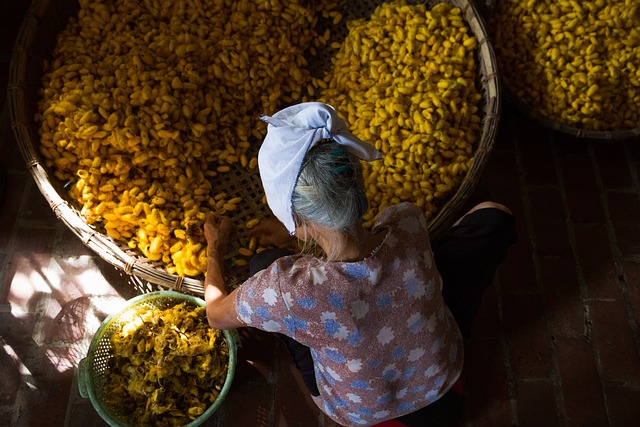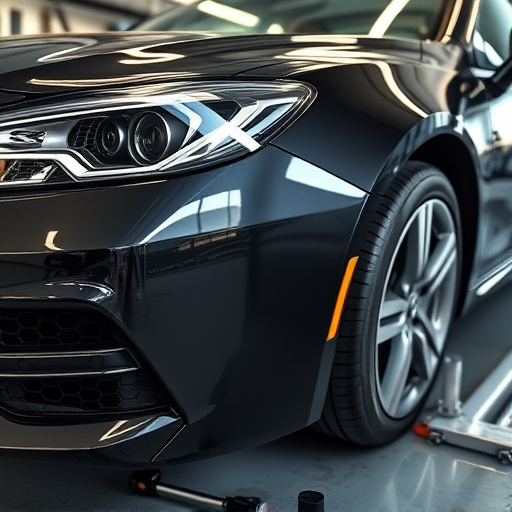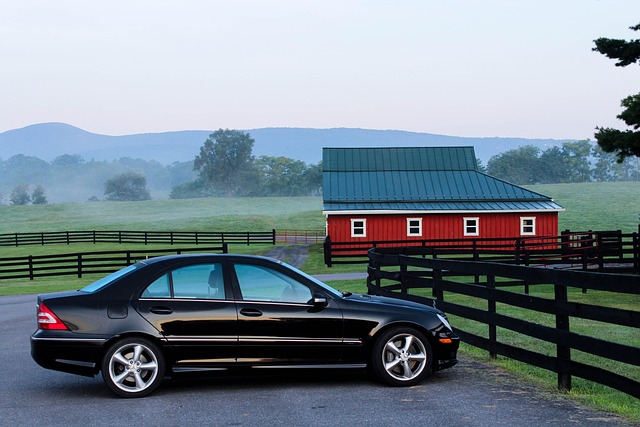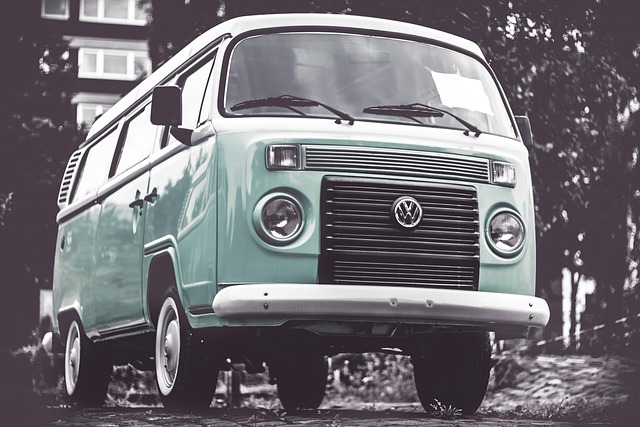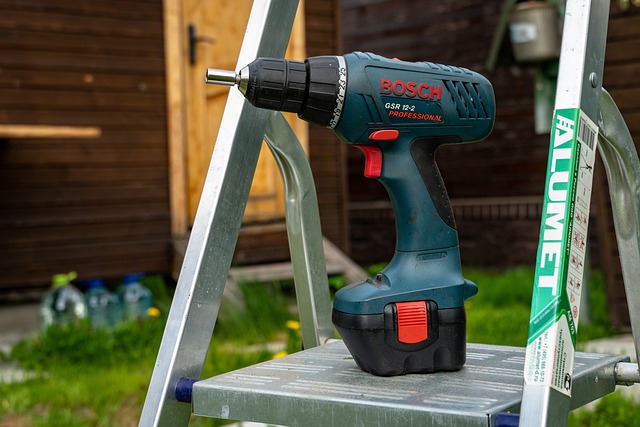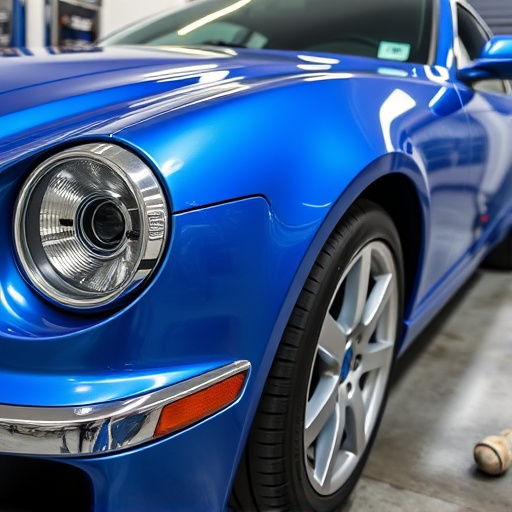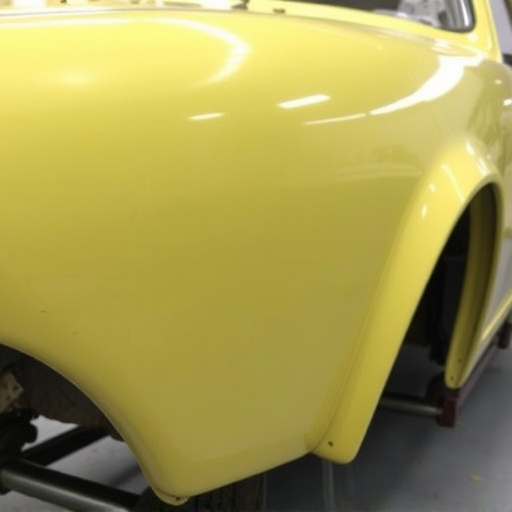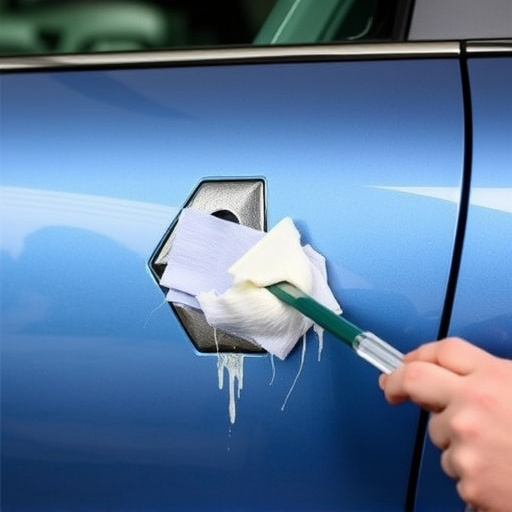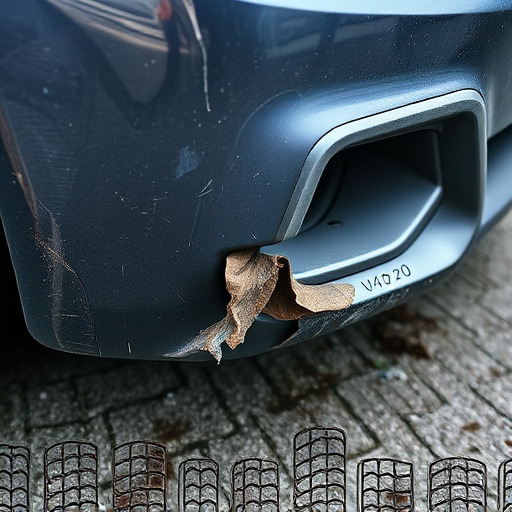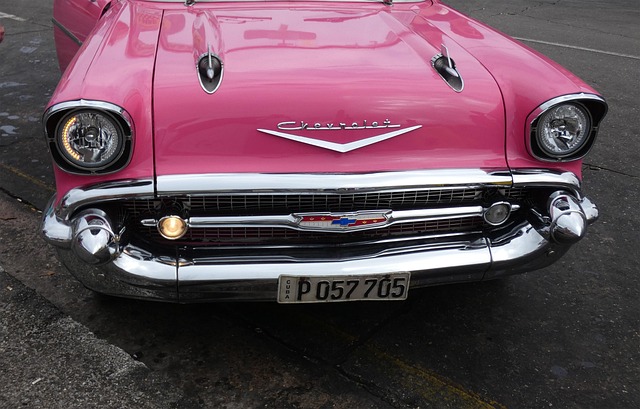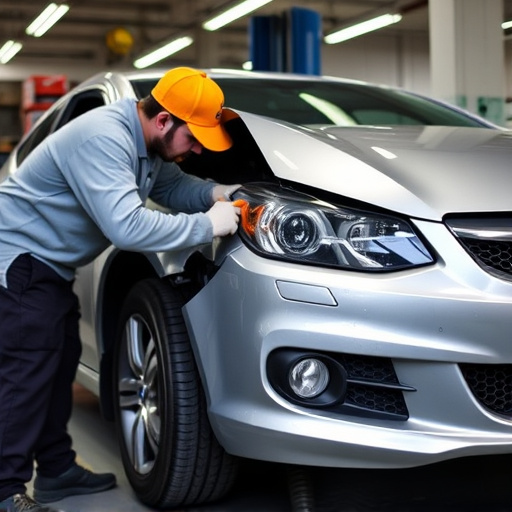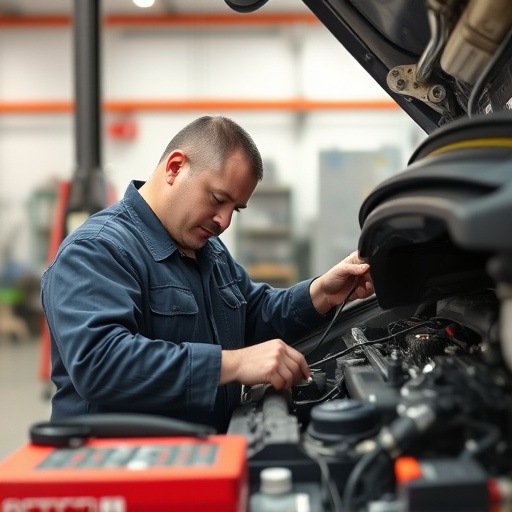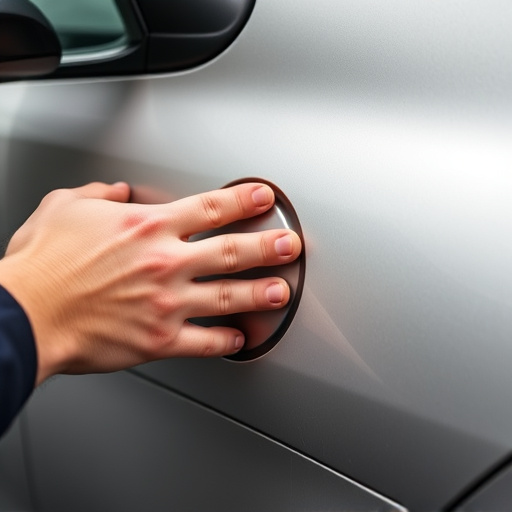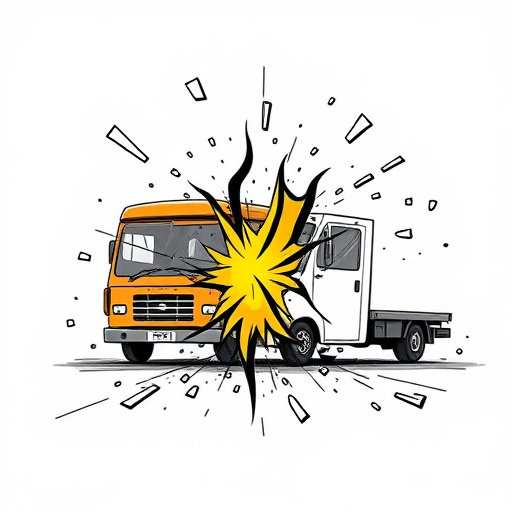Precision Tesla bumper camera repair is vital for maintaining advanced driver assistance systems (ADAS) functionality and safety. Skilled technicians use specialized tools to realign sensors and calibrate settings, ensuring optimal data capture and system effectiveness. This process involves removing debris, accessing calibration through the infotainment system, self-calibration tests, and manual adjustments with software tools connected to the diagnostic port. Thorough testing in diverse conditions is essential; persistent issues may require consultation with professional specialists.
Tesla’s advanced bumper camera systems play a critical role in autonomous driving and safety features. When these cameras require repair, particularly after a fender bender, proper calibration becomes paramount. This article delves into the intricacies of Tesla bumper camera repair, focusing on how sensor alignment is affected and offering a step-by-step guide for successful recalibration, ensuring optimal system performance. Learn about the importance of accurate sensor calibration following camera replacement for your Tesla’s safety and efficiency.
- Understanding Tesla Bumper Camera Systems
- The Impact of Repair on Sensor Alignment
- Calibration After Camera Replacement: A Step-by-Step Guide
Understanding Tesla Bumper Camera Systems
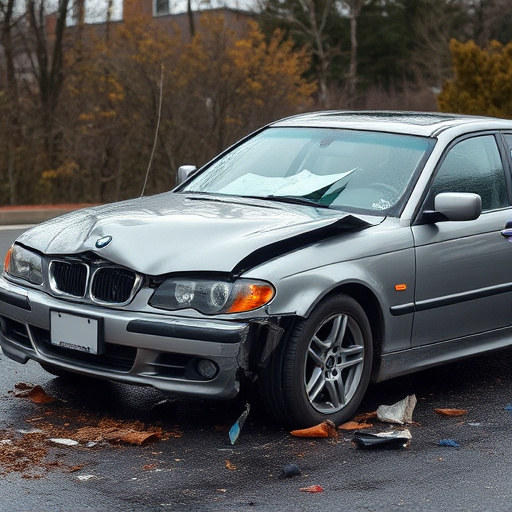
Tesla’s bumper camera systems are a sophisticated array of sensors designed to enhance safety and driving aids. These cameras play a crucial role in features like automatic emergency braking, lane departure warning, and blind spot monitoring. Each camera is precisely calibrated during manufacturing to ensure optimal performance. However, over time or due to accidents, these cameras may require Tesla bumper camera repair, which can impact their calibration.
When an automotive body shop performs Tesla bumper camera repair, they must handle the sensors with care to maintain accurate calibration. This process involves adjusting the camera’s focus, field of view, and positioning to match the original specifications. A luxury vehicle repair specialist understands the intricate relationship between these cameras and the vehicle’s overall safety system, ensuring that any repairs or adjustments are done meticulously to prevent compromising the driver-assistance features that make Tesla vehicles stand out in the market for their advanced technology and innovative design, all within the context of a high-quality vehicle paint repair service.
The Impact of Repair on Sensor Alignment
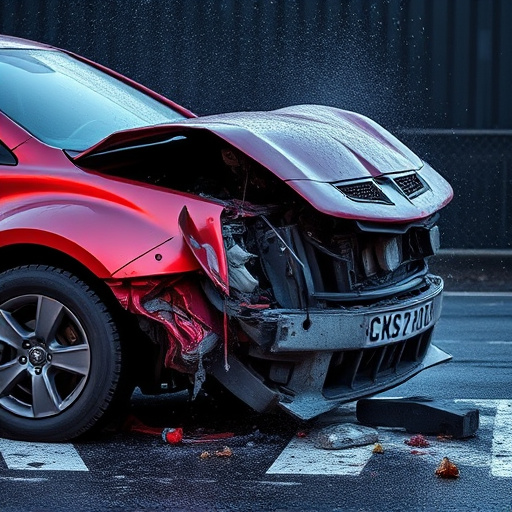
When conducting a Tesla bumper camera repair, the precision of sensor alignment is paramount. The cameras are integral to advanced driver assistance systems (ADAS), responsible for tasks like lane keeping and collision avoidance. During a repair, even the slightest misalignment can disrupt these critical functions, leading to decreased performance and potential safety risks. Skilled technicians employ specialized tools and techniques to meticulously realign the sensors, ensuring they capture accurate data and function optimally.
Proper sensor calibration after a Tesla bumper camera repair is crucial for maintaining the vehicle’s safety features. Think of it like fine-tuning a musical instrument; each adjustment must be precise to achieve harmony. Just as a car dent repair or automotive body work can affect a vehicle’s structural integrity, improper camera calibration can compromise the effectiveness of ADAS, highlighting the need for expert handling during the repair process.
Calibration After Camera Replacement: A Step-by-Step Guide
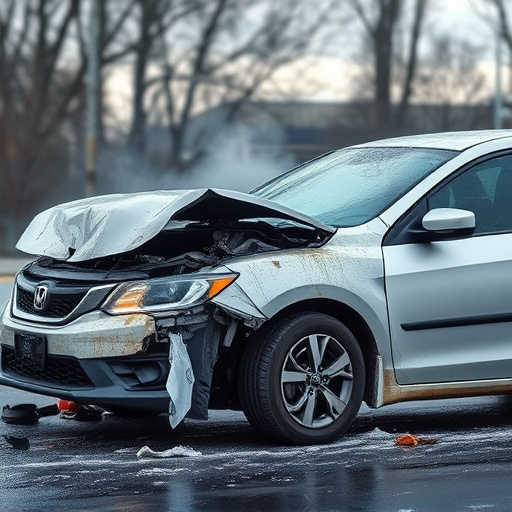
After a Tesla bumper camera repair, achieving accurate sensor calibration is key to ensuring your vehicle’s advanced driver-assistance systems (ADAS) function optimally. The process involves several steps that must be executed carefully to avoid compromising the system’s integrity. Start by powering off the vehicle and removing any debris or objects around the camera module. Next, access the camera’s calibration settings through the car’s infotainment system. Here, you’ll find options to perform a self-calibration test, which uses the vehicle’s GPS and motion sensors to adjust the camera’s parameters.
For more precise adjustments, use specialized software tools that communicate with the car’s diagnostic port. These tools allow for manual calibration, enabling you to tweak settings like focal length, image distortion correction, and color balance. After making adjustments, conduct a thorough test drive in varying conditions—day and night, different weather, and traffic scenarios—to verify the camera’s performance. If issues persist, consider consulting with professional fleet repair services or auto glass replacement specialists who have experience with Tesla vehicle systems to fine-tune the calibration for seamless integration of your repaired bumper camera into your car’s safety features.
Tesla bumper camera repair is a precise process that significantly impacts sensor calibration. After replacement, proper calibration ensures optimal performance for autonomous driving features. By following a step-by-step guide, you can achieve accurate sensor alignment, enhancing the overall safety and effectiveness of your Tesla’s advanced driver-assistance systems (ADAS). Remember, a well-calibrated camera is key to navigating the complexities of modern driving conditions.
